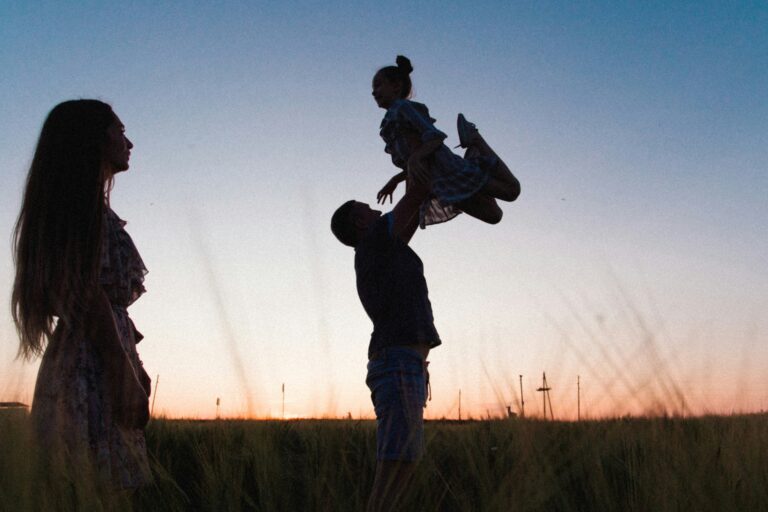 Adolescents and young adults (AYA) diagnosed with cancer between the ages of 15 and 39 represent a unique group. Because of their age, they face particular challenges. In particular, issues of fertility, relationships, loss of autonomy, interruptions in school and work, and financial concerns are significant. At the same time, they are the group that uses social networks the most. 90% of adults between 18 and 29 use social networks. For health issues, too, the internet is an important source of information for adolescents and young adults. A 2001 survey of tenth graders showed that almost half of the students had used the Internet to obtain health information. In another study, teenagers reported that they were attracted to both official websites and user-generated content, but also expressed concerns about the reliability of the content.
Adolescents and young adults (AYA) diagnosed with cancer between the ages of 15 and 39 represent a unique group. Because of their age, they face particular challenges. In particular, issues of fertility, relationships, loss of autonomy, interruptions in school and work, and financial concerns are significant. At the same time, they are the group that uses social networks the most. 90% of adults between 18 and 29 use social networks. For health issues, too, the internet is an important source of information for adolescents and young adults. A 2001 survey of tenth graders showed that almost half of the students had used the Internet to obtain health information. In another study, teenagers reported that they were attracted to both official websites and user-generated content, but also expressed concerns about the reliability of the content.
Given the almost universal use of social media in this age group, it is not surprising that many young cancer patients use social media to gather and share information. The following is a brief description of the types of media that adolescents and young adults with cancer have successfully used.
Personal websites or blogs
Blogs are a form of web-based diaries that allow young people with cancer to express their feelings and describe their experiences with cancer. Blogs are also an effective form of communication with many others, from friends and families of those affected to visitors who have been affected by cancer in other ways. These blogs are often very personal, provocative and deeply moving. The Stupid Cancer Organisation has set up a directory of several blogs by young people with cancer at the following URL: https://stupidcancer.org/stupid-cancer-stories/.
Hashtags and Tweet Chats
This form of media is mostly used on Twitter and allows people to interact with each other and other members of the community. A commonly used hashtag is #ayacsm and stands for AYA cancer societal movement. It can be used by anyone who wants to share information relevant to the AYA cancer community. Hashtags are a reliable way to build virtual communities and to organise content, information and chats. Many of these hashtags are used in disease-specific chats, such as #bcsm (breast cancer) or #mmsm (multiple myeloma), but these are not specific to adolescents and young adults.
Online information for and from AYAs
The table below provides an overview of organisations for adolescents and young adults with cancer. Many of these organisations grew out of the efforts of individual survivors who recognised an unmet need for information and sharing and were determined to develop solutions. It should be noted that this overview is not comprehensive and does not include recently emerged organisations.

As can be seen in the table, many organisations also have their own social media channels. Organisations regularly participate in tweet chats and organise online events. Examples of current topics in chats are recommendations for books, articles and magazines or support for young LGBTQIA+ adults with cancer.
Interactions between doctors and patients on social media
Increasingly, medical professionals are integrating social media into their professional lives. The presence of clinicians, either through organisations (as described above) or through personal accounts, provides opportunities for direct interaction with patients. Several doctors also participate in disease-specific tweet chats.









Comments
Thank you. Comment sent for approval.
Something is wrong, try again later